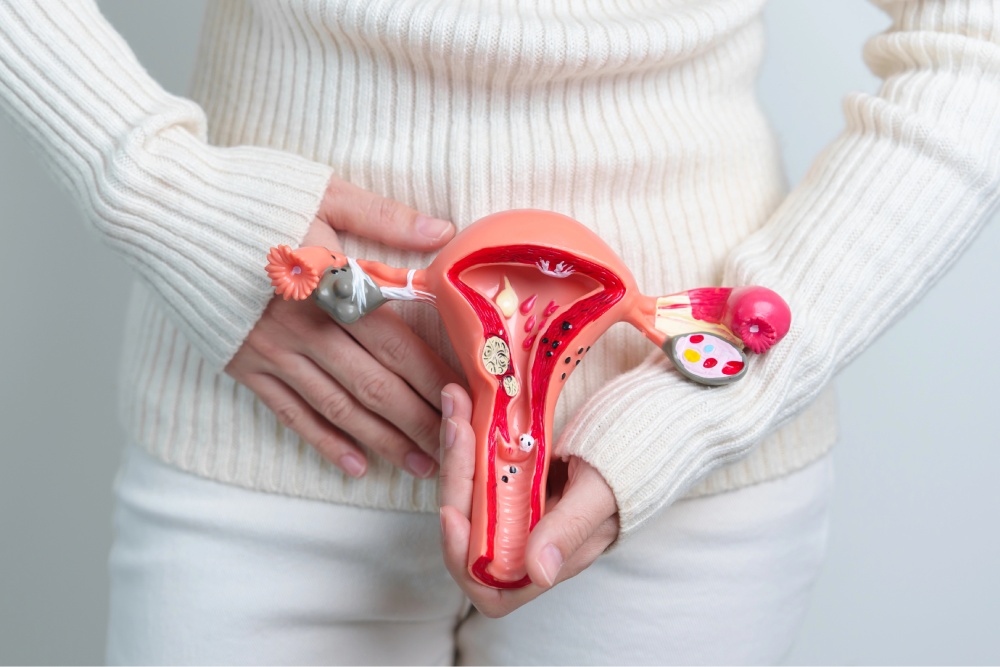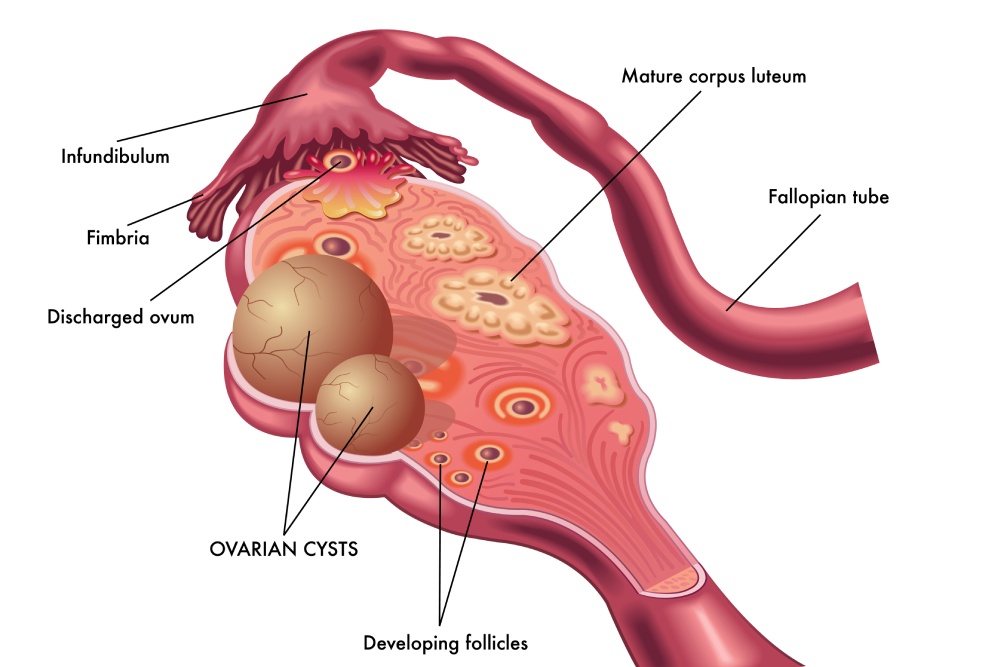
Surgical Solutions: Exploring Hysterectomy As A PCOS Treatment
Polycystic Ovary Syndrome affects millions of women worldwide, often bringing challenges like irregular periods, hormonal...
Read MoreYou can’t ignore the risk of breast cancer. This life-threatening disease affects one in every eight women in the United States. While treatment advances and increased awareness have reduced deaths, almost 42,000 women in the United States die from breast cancer annually. Breast cancer accounts for the largest number of cancer deaths among women, except for lung cancer.
While you may not be able to prevent breast cancer, early detection can help improve your outcome if you develop the disease. When combined with regular mammography and a clinical breast exam performed at annual checkups, breast self-examination plays an important role in early detection. Doing breast self-examinations allow you to become familiar with the way your breasts normally look and feel. This can help you notice any changes and get medical advice as early as possible.
The physicians at The Women’s Center, with eight convenient locations in central Florida, can help you establish a plan for breast cancer prevention through early detection. Depending on your family history and other risk factors, your physician will recommend a schedule of screening procedures, including self-examinations, clinical examinations, and mammograms.
If you develop breast cancer, performing breast self-examinations can increase your chances of finding it at an early stage, which can improve your chances of a full recovery. Breast cancer survival rates are explained in terms of a five-year survival rate. This reflects the percentage of cancer patients alive five years after they receive a diagnosis. For all women diagnosed with breast cancer, the overall five-year survival rate is 89.7%.
However, getting an early diagnosis can improve your long-term results. For women who receive their breast cancer diagnosis at Stage 0 or Stage 1, their five-year survival rate is 98.8% and higher. When the diagnosis occurs at Stage 2, that rate decreases to 93%. A Stage 3 diagnosis has a five-year survival rate of 72%, while the rate for a Stage 4 diagnosis falls to 22%.
Furthermore, finding your breast cancer at an earlier stage typically requires less treatment than cancer discovered at a later stage. At an early stage, breast cancer usually is limited to a relatively small tumor. As you progress through cancer stages, your cancer is more likely to spread.
Always check both breasts every month. Proper technique involves using the pads of your middle fingers, not the tips, in a methodical pattern. Search for new lumps, thickening, or hardened knots. Squeeze your nipples to check for discharge, and check to see if they’re turned in.
You should use a variety of techniques to examine your breasts every month. Follow these instructions:
Move your fingers around your entire breast as you check the breast and your armpit. Move in a circular pattern, from the outside to the center. Put soap on your fingers and breasts to help your fingers move along smoothly.
Carefully look at your breasts while standing with your arms at your side and then with your arms raised over your head. Place your palms on your hips and press firmly to flex your chest muscles. It’s common if both breasts don’t match. Look for signs of puckering, deflation, or puckering on just one side.
Lie down and put a pillow beneath your left shoulder and place your left arm behind your head. With your right hand, move your fingers around your left breast. Work in a gentle circular motion to cover your entire breast and armpit, using different types of pressure. When done, switch sides. Lying down makes the breast tissue thinner and easier to examine.
You may benefit from a medical consultation to discuss the following types of changes you notice in a breast self-examination:
To find out more about performing a breast self-examination and symptoms that may require medical attention, book an appointment online or over the phone with The Women’s Center today.




Polycystic Ovary Syndrome affects millions of women worldwide, often bringing challenges like irregular periods, hormonal...
Read More
Ovarian cysts after menopause may seem uncommon, but they can still develop even when the...
Read More
Uterine fibroids are one of the most common benign growths affecting women. By age 50,...
Read More